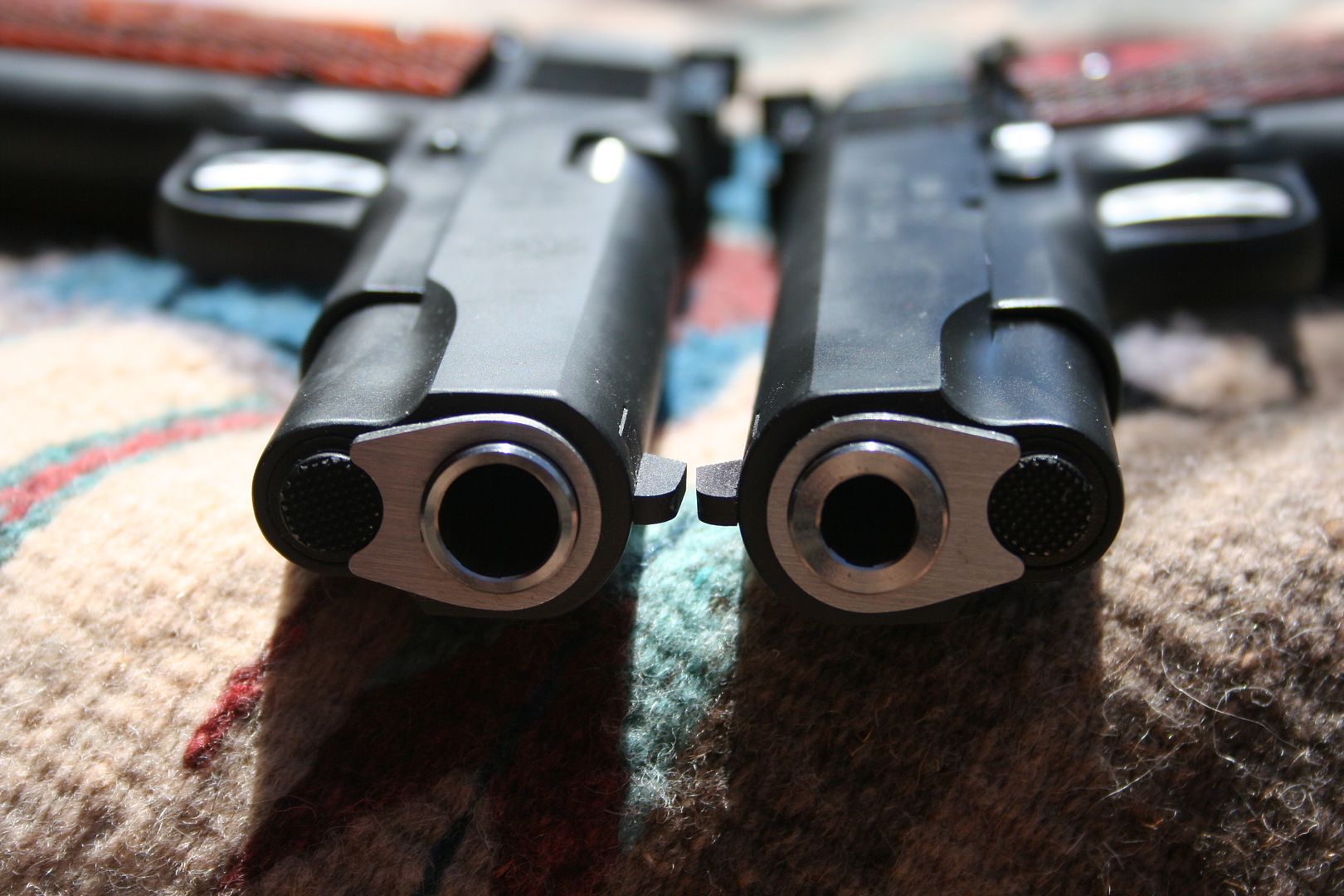Depends on what you mean by the question.Ok now I'm confused when I am looking at those gel blocks with the fancy cavities and immense damage (like from the hollow points). At service handgun velocities does all of that count?
It seems to count in terms of letting the shootee know that they've been hit which speaks directly to psychological stops. That's clearly important since psychological stops make up the majority of stops.
It seems to only rarely count in terms of doing any real physical damage. Which is why the experts recommend that you not trade away too much penetration for expansion. You still need a good chance of damaging something really important, and that part of the equation is based very heavily on where the bullet goes and how deep it goes, and (in the context of comparing service pistol calibers) very little on bullet size or the degree of expansion.
Gelatin tears which makes it possible to highlight the extent of temporary cavity with dye. In real tissue, that kind of tearing isn't likely except when inelastic tissues are encountered. The stretching happens, but the tearing usually doesn't....from some of the posts on this thread, it sounds like those cavities that remain in gelatin don't (usually) show up in real tissue wounds.
Successfully stopping the threat with a firearm is achieved over 90% of the time without the attacker being seriously injured. In fact, over 80% of the time, the attacker isn't even hit. In addition, 80% of handgun wounds are not lethal, which means that even when the attacker is hit, death is unlikely.Here is a dirty, dark secret of 'stopping the threat': that means killing someone.
Stopping the threat means stopping the threat. Sometimes the attacker dies as a result, but in the vast majority of cases, the attacker is not killed and isn't even seriously injured.
I'm not saying that we should bank on the attacker giving up as easily as the statistics suggest is common, but it's worthwhile to understand the reality of the situation.
The military operates under a very different set of legal restrictions than armed citizens. But even they don't kill people when they don't have to--combatants are allowed to give up when they choose to do so.The military has no such qualms, and just kills people.

